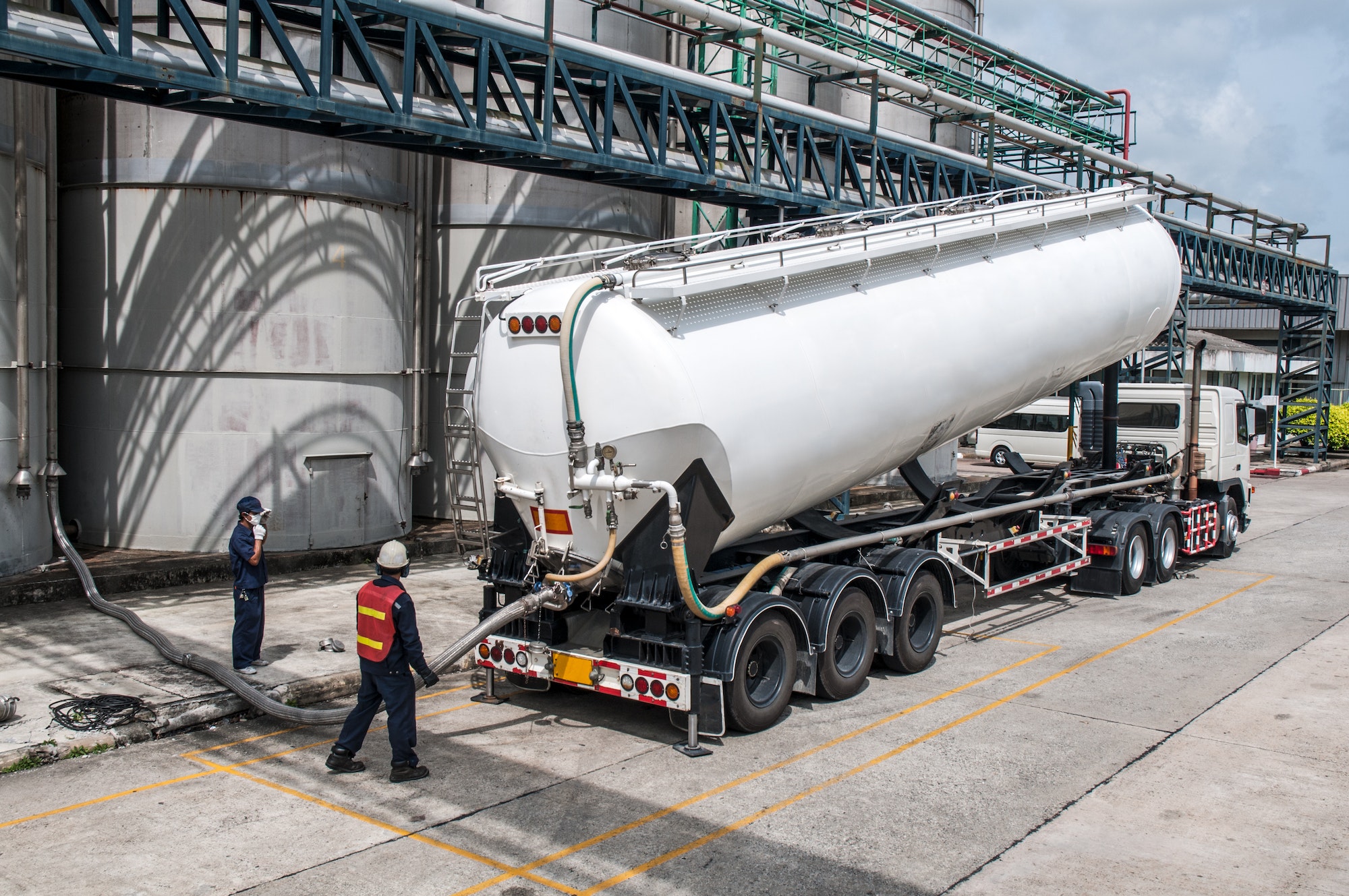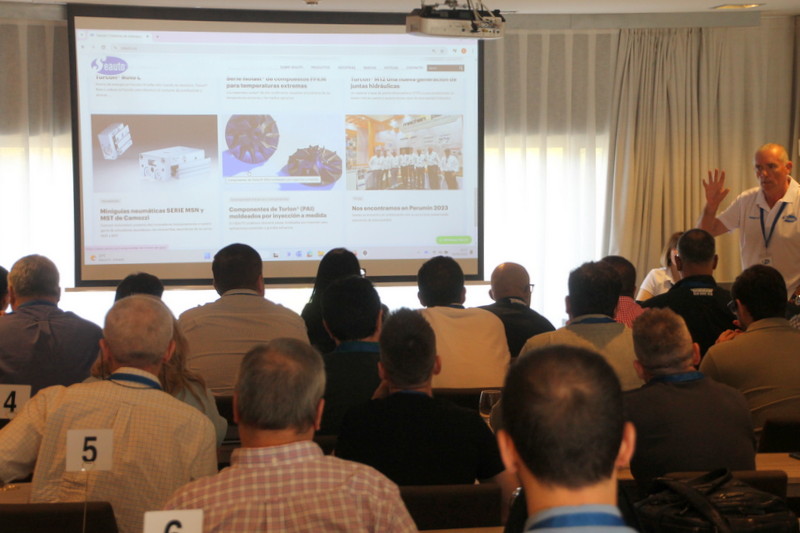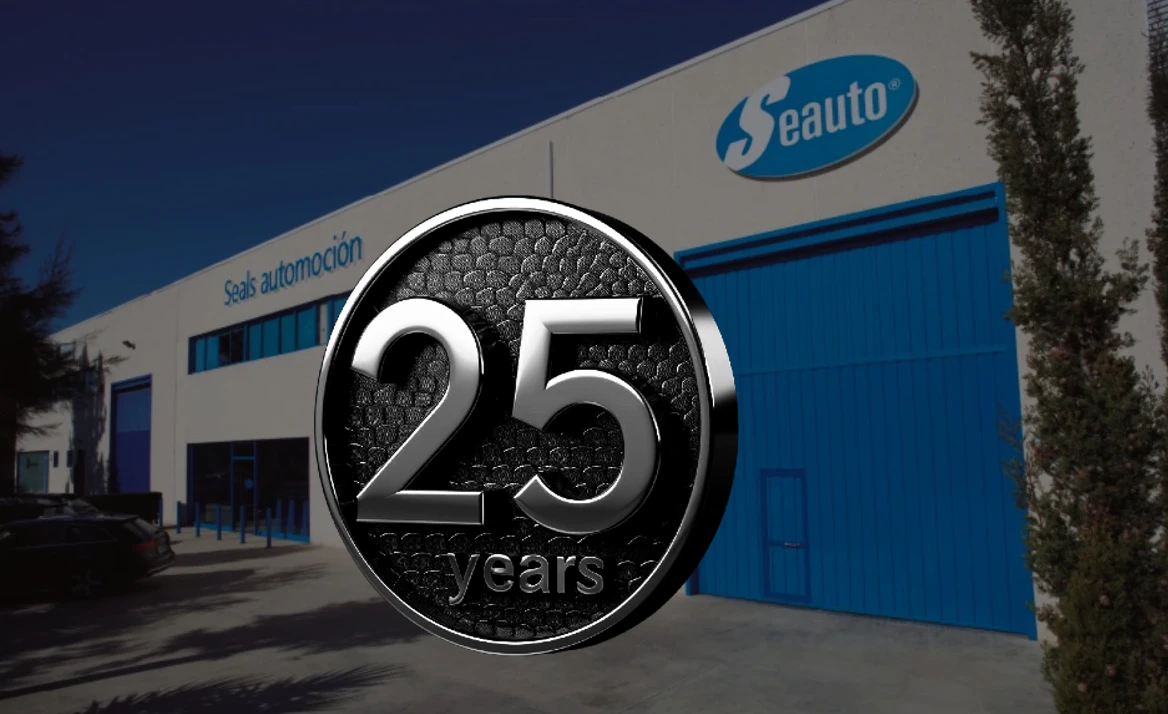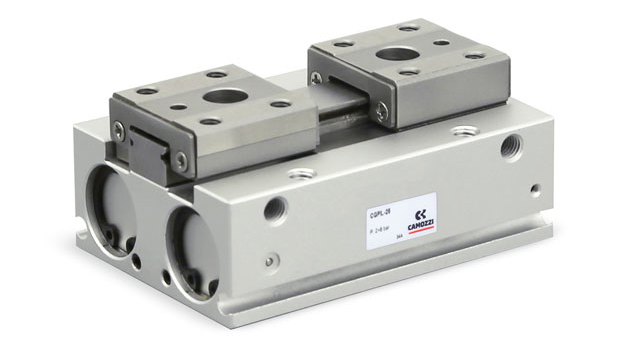In the tank car sector, flat gaskets are the main seal between the valve and the tank car interface. They prevent leakage of liquids or gases, act as a barrier against contamination and are essential for the safe and efficient transport of hazardous materials. Each tank car requires several flat gaskets of different sizes for different hardware conditions.
A powerful flat solution
Flat gaskets are not a new technology, but their role is vital to prevent non-accidental leaks in the tank car sector, where derailments and other problems often cause environmental damage. Derailments such as the one that occurred in 2023 in New Palestine (Ohio) have prompted agencies such as the U.S. Department of Transportation to increase safety measures for tank cars carrying flammable or explosive products.
Fire-retardant and fire-resistant flat gaskets made of flexible graphite material can help prevent flammable liquids or products from leaking and igniting. Suppliers such as Trelleborg have conducted extensive tests showing that flexible graphite flat gaskets (HMF30 series) perform well at high temperatures for short periods as well as in ambient conditions.
Another topic of conversation affecting the tank car industry is legislation regarding perfluoroalkylated and polyfluoroalkylated substances (PFAS) and possible EU restrictions on fluoroelastomer, perfluoroelastomer and polytetrafluoroethylene (PTFE) materials. Most Trelleborg fiber seals are PFAS-free, and Trelleborg HMF 17 and 18 series FlatSeal seals show a positive response to all seal materials, including PTFE, offering shippers and tank car owners in the EU and US. comparable non-PFAS flat gasket options.
Creation of a quality product
When manufacturing flat gaskets for flange applications in the chemical transportation industry, an expert parts supplier will oversee every step of the process, from compound formulation to gasket cutting and everything in between. They will combine superior quality raw materials with quality control measures in the mixing and calendering processes to achieve exceptional and consistent product performance.
Chemical transportation customers should talk to their component supplier to ensure they use approved materials that meet exact production specifications. A truly expert supplier understands that the entire flat gasket manufacturing process is sensitive to temperature fluctuations and invests in automated systems to monitor and control every step of the process, from the mixing of the ingredients to the pressure and speed of the calendering rolls.
Parts suppliers must have measures in place to perform manual quality checks to ensure that the plate conforms to the intended thickness and that they have the capability to add coatings and printing to the joints.
Passing the test
Manufacturers of flat gaskets test their materials to ensure that they meet and exceed industry standards, such as the International Organization for Standardization (ISO) and the German Institute for Standardization (DIN) Registration Association. However, not all parts suppliers test their materials against those of their competitors. Trelleborg performs stringent different tests on its HMF FlatSeal series of materials to prove that they are competitive with the most common materials in the industry. The tests include, but are not limited to, the following
- Tightness testing: Measures the sealing performance of flat gaskets by compressing the gaskets to varying surface pressures with a leak rate measured over time.
- Loading and unloading curves: Shows the leakage performance as the surface pressure on the joint increases (loading curve) and how the material behaves as the system relaxes (unloading curve). Since a decrease in surface pressure is almost inevitable in pressurized sealing systems, a professional leak test requires loading and unloading curves.
- Residual strength testing: Investigates the mechanical behavior of the gasket material due to relaxation over time at elevated temperatures. This test provides information about the gasket material, indicating its ability to withstand higher application temperatures.
- Fluid testing: Measures the response of the material to different types of media by immersing the joints in fluids for a given period of time. Measurements determine changes in weight and thickness and indicate the chemical resistance of the sealing material.
Conclusion
When shippers, repair shops, valve equipment manufacturers and fleet management companies have access to flat seals that offer superior performance, they help minimize total cost of ownership by reducing downtime and maintenance, and ensure a high level of safety. An expert and reliable component supplier will conduct extensive testing of your flat gasket materials, and the most comprehensive suppliers will conduct competitive testing to demonstrate how their materials compare to others in the industry.







